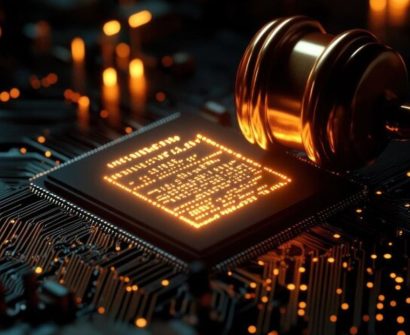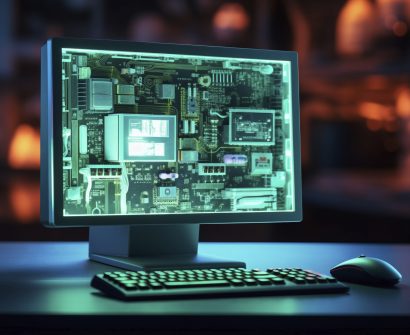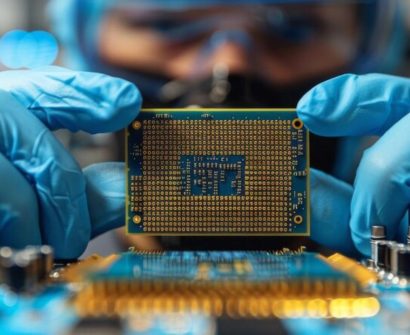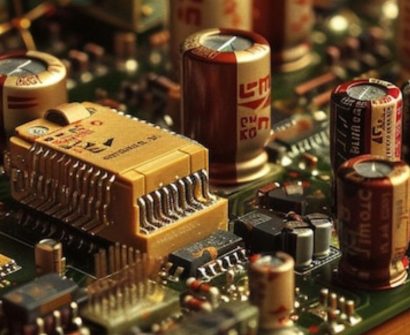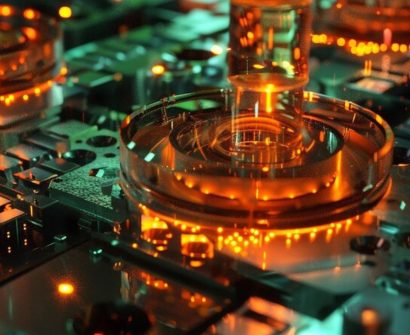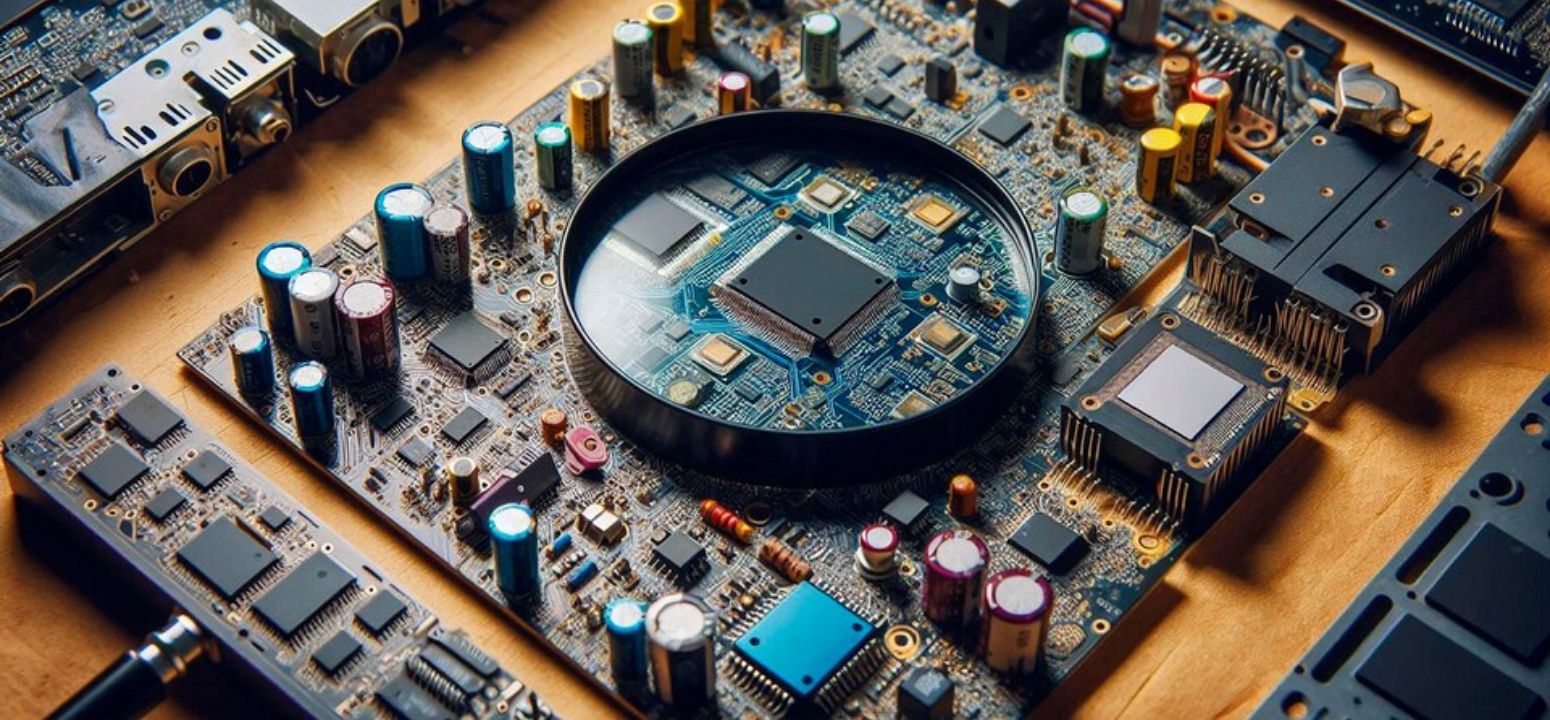
Introduction
VLSI (Very Large Scale Integration) engineering is a pivotal field in the electronics and semiconductor industry. It involves integrating millions, and sometimes billions, of transistors onto a single chip, enabling the creation of complex and powerful systems. From smartphones to high-performance computing, VLSI engineering powers the technology we use every day. In this blog post, we’ll explore the fundamentals of VLSI engineering, how it works, and why it’s so crucial in modern electronics.
Understanding VLSI Engineering
VLSI stands for Very Large Scale Integration, a process that allows the design and manufacture of integrated circuits (ICs) by combining thousands to billions of transistors onto a single chip. These ICs are used in a wide range of electronic devices, from everyday gadgets like mobile phones to more specialized systems like space technology and medical devices.
The field of VLSI engineering focuses on creating these chips by optimizing the design, manufacturing, and functionality of the circuits. Engineers in this domain work on every aspect of chip design, from initial concept to fabrication, testing, and deployment.
The Evolution of VLSI Technology
VLSI technology has come a long way since the 1970s. The initial integrated circuits could only house a few thousand transistors. However, with advancements in semiconductor technology, the number of transistors on a single chip has grown exponentially.
Today, cutting-edge VLSI technology allows engineers to pack billions of transistors into an area as small as a few square millimeters. This leap in capability has enabled the development of microprocessors, memory chips, and specialized ICs that drive modern computing, telecommunications, and automation industries.
Key Stages in VLSI Design
The VLSI engineering process is highly systematic and follows several key stages:
- Specification: Defining the functionality and performance criteria of the chip.
- Architecture Design: Creating a high-level design that outlines the chip’s overall structure.
- Logic Design: Mapping out the logic gates and interconnections required for the chip to function as per the architecture.
- Physical Design: Translating the logical design into physical layouts, placing components, and ensuring optimal power and signal routing.
- Fabrication: Manufacturing the chip using advanced semiconductor fabrication techniques, typically in foundries.
- Testing: Ensuring the chip performs as intended through thorough testing and verification procedures.
The Role of VLSI Engineers
VLSI engineers are responsible for the end-to-end design and development of these integrated circuits. Their role includes:
- Designing Circuit Architecture: Engineers create the architecture that defines how the circuits will function.
- Simulation and Validation: Engineers use specialized software to simulate the behavior of the circuits before they are physically manufactured.
- Optimization: Power, performance, and area (PPA) optimization are critical in VLSI engineering to ensure the chip meets design goals without exceeding constraints.
- Testing: Engineers perform various tests to identify and fix potential flaws before mass production.
Applications of VLSI Engineering
VLSI engineering finds applications in nearly every aspect of modern technology:
- Microprocessors: Central Processing Units (CPUs) and Graphics Processing Units (GPUs) are designed using VLSI principles.
- Memory Devices: Dynamic Random Access Memory (DRAM) and flash memory are created using VLSI.
- Telecommunications: VLSI powers communication systems such as modems, routers, and network processors.
- Automotive Electronics: VLSI is used in safety systems, navigation, and engine control units in vehicles.
- Consumer Electronics: Smartphones, smartwatches, and home automation devices rely heavily on VLSI-based chips.
Benefits of VLSI Engineering
VLSI engineering has revolutionized modern electronics by making systems faster, smaller, and more efficient. Some of the major benefits include:
- High Performance: By packing more transistors into a smaller space, VLSI chips can perform complex tasks more quickly.
- Power Efficiency: VLSI designs optimize power consumption, critical for battery-powered devices.
- Cost Reduction: VLSI technology enables mass production, which reduces the cost per chip.
- Miniaturization: VLSI enables the development of smaller devices, which has been critical for portable and wearable electronics.
The Future of VLSI Engineering
The future of VLSI engineering looks promising with advancements in technology like 3D ICs, FinFET architectures, and quantum computing. These innovations are pushing the boundaries of what VLSI chips can achieve in terms of performance, power efficiency, and functionality. As new challenges such as increased power density and heat dissipation arise, VLSI engineers will continue to play a crucial role in overcoming these obstacles.
Conclusion
VLSI engineering is the backbone of modern technology, allowing for the creation of increasingly powerful and efficient electronic devices. As technology evolves, the demand for skilled VLSI engineers will continue to rise, making it one of the most exciting fields in engineering today.
If you’re looking to enter the world of VLSI engineering, now is the perfect time to explore the opportunities it offers and contribute to the next generation of technological breakthroughs.
Also Read : fpga architecture in vlsi
To know more about VLSI Course , SuccessBridge VLSI training institute. You can begin your VLSI career by enrolling in the placement-assisted live courses available at SuccessBridge We offer various VLSI online courses. We offer VLSI Physical Design course, Design Verification course, DFT Training , Chip design course many more. Explore VLSI Courses From The Leaders In VLSI Training

